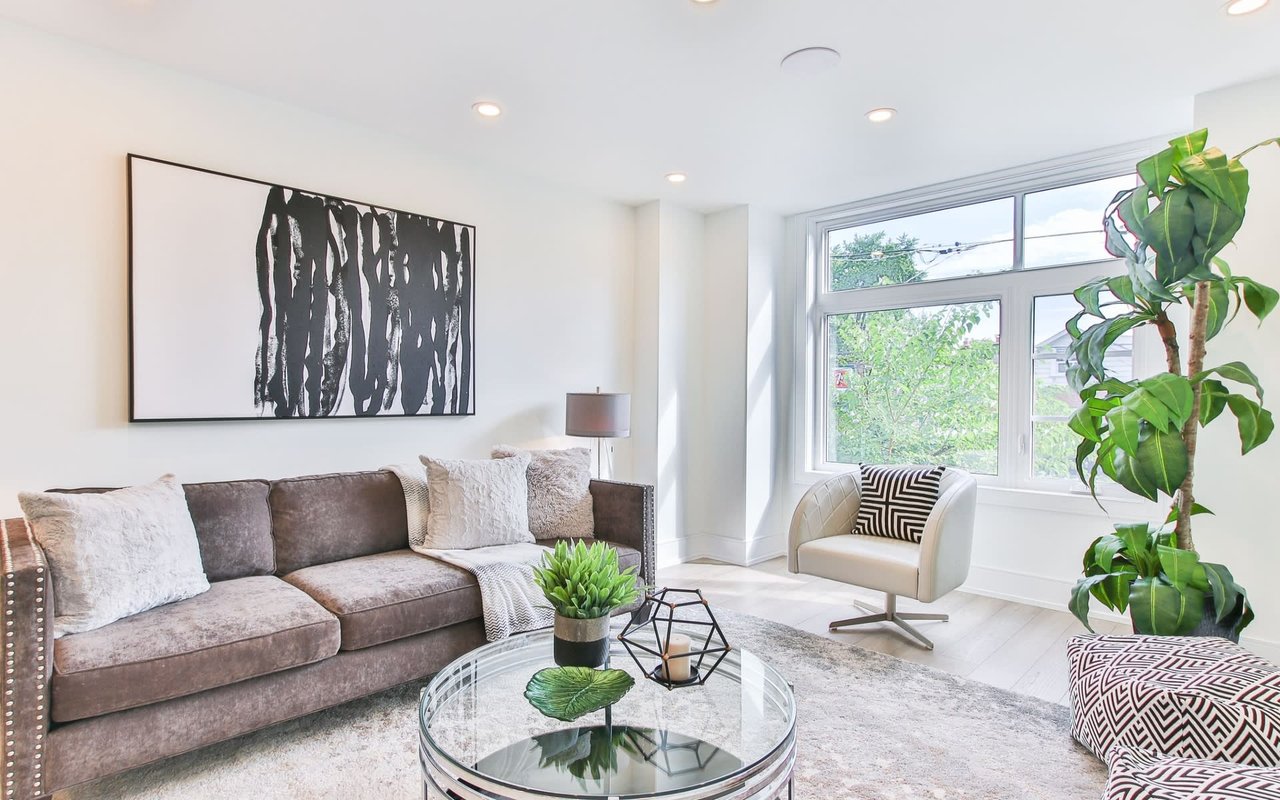
In this article, we focus on the unconscious mistakes home sellers make when putting their properties on the market. Below are a few of the key salient points of this article.
- Market expertise is invaluable as pricing is both an art and a science.
- In a good market, houses go up in value, but the improvements in them do not.
- If the market is telling you something, you had better pay attention to what the market is saying.
So with all this data, pricing a home might seem easy…but not so much. Bad pricing can affect the bottom line of what your home will ultimately sell for. Sellers who have priced their homes inaccurately find themselves languishing on the market for months and missing out on real buyers by pricing over their heads.
In this article, you get to learn about common mistakes sellers make and how to avoid the same blunders when it comes to pricing your own home. I’ll break it down for you the same way I’d explain it to my clients.
Pricing to the Unfolds, Rather Than the Solids
Comparative Markets Analysis
To get a sense of what the home is worth, you need to look at the sold comparable sales first…after you establish a range of value from the sold listings, then take a look at the unsold listings. This will give you a sense of where to strategically price your property within the market, basically giving you a sense of the prices you need to beat.
The properties that have actually sold are often neglected or ignored by too many Sellers and inexperienced agents because they price their homes according to the ‘unsold’ — these listings that are currently languishing on the market. Think about this logic; why should you price your home based on the unsold ones when trying to sell your home? The reason is, pricing it as the unsold homes only mean that you’re just going to join them. You should price it according to what has been sold. That’s the market price. Meanwhile, you need to look at the unsold properties is to figure out what is needed to beat the competition.
In fact, those unsold and overpriced homes are great at making you're accurate, lower-priced home look like a bargain. Sort of like when Amazon shows you a higher “list price” on a gadget to make the sales price look like a steal.
It is simply logical to say that if you want to get sold, price to the sold listings, and if you want to be unsold, price to the unsold. You are free to make a choice. Moreover, agents don’t help matters by calling unsold homes “actives.” What is so active about that when it is just sitting there, doing nothing? That should not be the case and should be stopped!
Effect of Overvaluing the Amenities
A seller once spoke to me about his home which was priced over $100,000 more than a comparable property just down the block. When I sought to find out how, he said “Well, I have new tile and granite countertops.” That’s OK, but a buyer can put in those finishes for about $20k, and it’ll be brand new, yet he was pricing it as a $100,000 value. Well, he’s not alone as lots of sellers make that mistake. Psychologists even have a name for it — the “endowment effect,” which is our tendency to overvalue things just because we own them.
Amenities do have value, just not enough to make a huge difference in price. The old joke in real estate is that value is based on three things: location, location, and location. I said it’s an old joke, not necessarily a funny one, but one that’s mostly true.
The biggest factor in pricing a home is the location, which is obvious to anyone who has priced out a Manhattan apartment. The size is also considered — how big is the home? Once the location and size are known, you can pretty much establish a general pricing range. That’s when you start looking at all the other aspects of the home including; style, condition, lot quality — and the amenities which are important because they can change where you are in that range. But they don’t move you up to a new one.
Trying to Get Full Value for Improvements
If you have any doubts, check out the results of Remodeling Magazine’s yearly “Cost versus Value” report; it tracks the impact of standard remodeling projects on resale value. In most cases, improvements earn back about 60 percent to 70 percent of what they cost.
You may ask why? Well, just think of it this way: Most liabilities such as cars, computers, pianos, etc., that you’ve ever bought have gone down in value since you bought them. Once used up, they start to depreciate, right?
As earlier stated, in a good market, houses go up in value but the amenities in them don’t. Therefore, the value of the home does not change just because you put those things in them. However, even if your house goes up in value, it doesn’t mean that everything in the house goes up in value, too. Everything you have bought in the home including that refrigerator, the new roof, or cabinets are all used up now and depreciated in value just like when your car is used.
Pricing Based on the ‘Need’ of the Sellers
Well, the problem is that no one cares about what they need. It’s nothing personal, after all, they do the same thing. A seller might be buying a home after selling the current one. The now-buyers will not care so much about the seller’s need for their purchase.
Beware that markets don’t work like that. Buyers don’t price homes in a vacuum: they make offers based on what other homes have sold and are selling for. Real estate provides an open and transparent market, so sellers can’t price their homes according to their personal needs.
It works both ways. If sellers get an offer that’s too low, they don’t care if the buyer says, “But that’s all I can pay!” They don’t give discounts based on need, so they shouldn’t expect a premium, either.
Falling in Love With the AVM
The Automated Valuation Models, or AVMs, are also available everywhere now, including on a lot of broker websites. The AVMs were designed to provide quick and easy macro-level valuations for institutional investors who didn’t have the time or ability to do a detailed analysis.
Most amazingly many people and even those who created them do not think that they’re as accurate as actual comparative market analysis from a professional real estate agent or appraiser.
After all, Zillow itself admits to a national median error rate of about 8 percent, which means that half the Zestimates are off by more than 8 percent.
So for homes with Zestimates of, say, $400,000, only half those homes are going to sell inside a range of about $368,000 to $432,000. The other half is worth more or less than that range.
Sellers should think about how they would feel if an agent comes to their house and says, “Well, my advice would be to price it somewhere between $368,000 and $432,000, and I’m confident that we have a 50 percent chance of selling it within that range.”
Would a seller have a lot of confidence in that agent? Well, then, they shouldn’t fall in love with that AVM.
Mistakes Sellers Make Afterward
Even in the best of circumstances, the initial home price is a guess. Pricing as an art and science means the market is unpredictable, and so when you list a home you never quite know exactly how it is going to react.
Looking from the perspective of pure Economics 101, we can observe that where the sellers initially price home does not really matter because the market is going to correct them. Therefore, if they price it too high, the home will languish on the market as buyers take a pass until they reduce it and if they price it too low, they’ll drive intense buyer demand that can drive the price up over asking. Either way, the outcome is certain that, through reductions or bidding wars, they end up at the true market price.
Those economic fundamentals depend on listening to what the market is saying and being able to answer the following questions:
- What feedback are you getting from agents?
- What are buyers saying?
- What kind of traffic is your listing getting online?
- Is that traffic turning into showings?
- Into offers?
- Have other similar homes on the market sold?
- What for?
- And what happened to the buyers who did come to look at your home?
- Did they buy something else?
In other words, sellers need to stay engaged and involved in the marketing of their home and most importantly, listen to what the market is saying. If the market is telling you something, you’d better listen.
Although it’s their home, if they want to price it to the unsold or price it to what they “need” or simply get every dollar they put into it — then that’s their call. But it falls back on the seller if they go against their real estate agent’s recommendations and are still living in a home for sale six months later.
Curious about the value of your home? Find your Property’s Value
